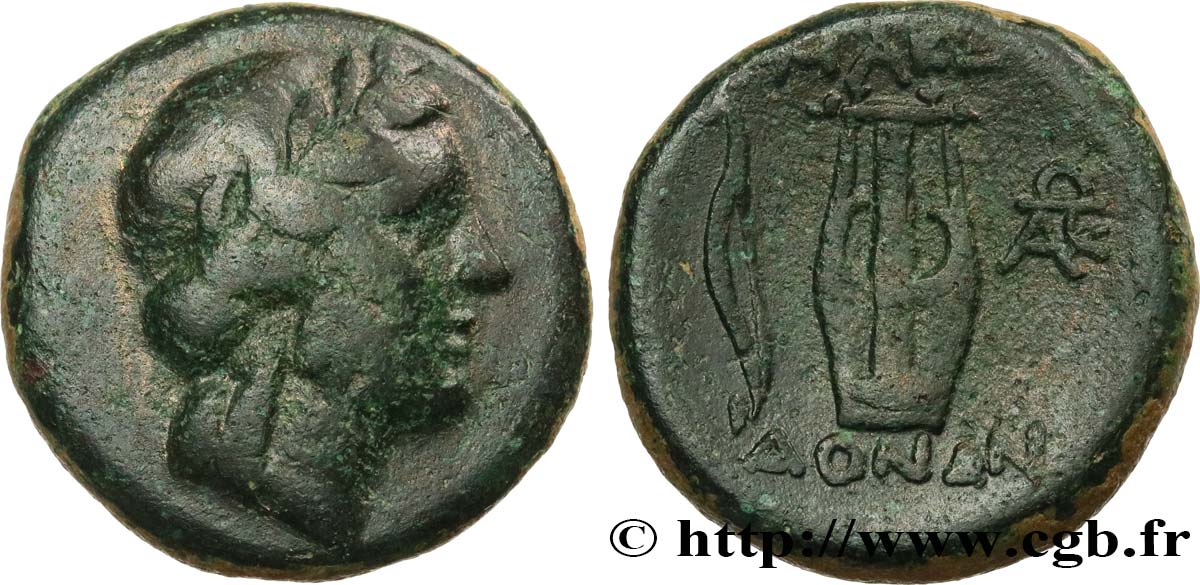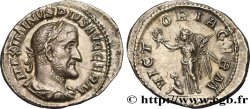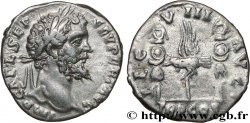Live auction - bgr_605894 - MACEDONIA - AMPHIPOLIS Unité
得先注册又得到批准才可以报价。为了报价注册. 客户应该得到公司允许,那种过程需要 48 个小时。别等出售结束那一天才登记。您报价的话等于您赞成买那物品,而且按« 保价 » 证明您接受 cgb.fr 因特网拍卖使用法.
报价时只可以出全数值欧元总额。物品描述也说明销售结束时间,结束后出价都不会生效。 报价命令转达有时变动,等到最后秒钟增加否决的可能会。想多了解的话请注意 因特网拍卖常问
最高出价方将支付18%的不含税的拍卖费用
最高出价方将支付18%的不含税的拍卖费用
种类 Unité
日期: c. 187-168 AC.
铸币厂名称/城市 Macédoine, Amphipolis
材质 copper
直径 22 mm
模子方针 1 h.
重量 10,59 g.
稀少度 R1
关于品相的说明
Monnaie centrée des deux côtés à l’usure régulière. Joli revers. Patine verte
正面
正面的文字 ANÉPIGRAPHE.
正面的说明书 Tête laurée d’Apollon à droite.
背面
背面的说明书 Lyre entouré d’un arc et d’un monogramme.
背面铭文 MAKE/DONWN/ (AKW)
背面的翻译 (de la Macédoine).








 结束日期
结束日期  对产品描述纠错
对产品描述纠错 打印
打印 分享我的选择
分享我的选择 提问
提问 Consign / sell
Consign / sell
 产品介绍
产品介绍















